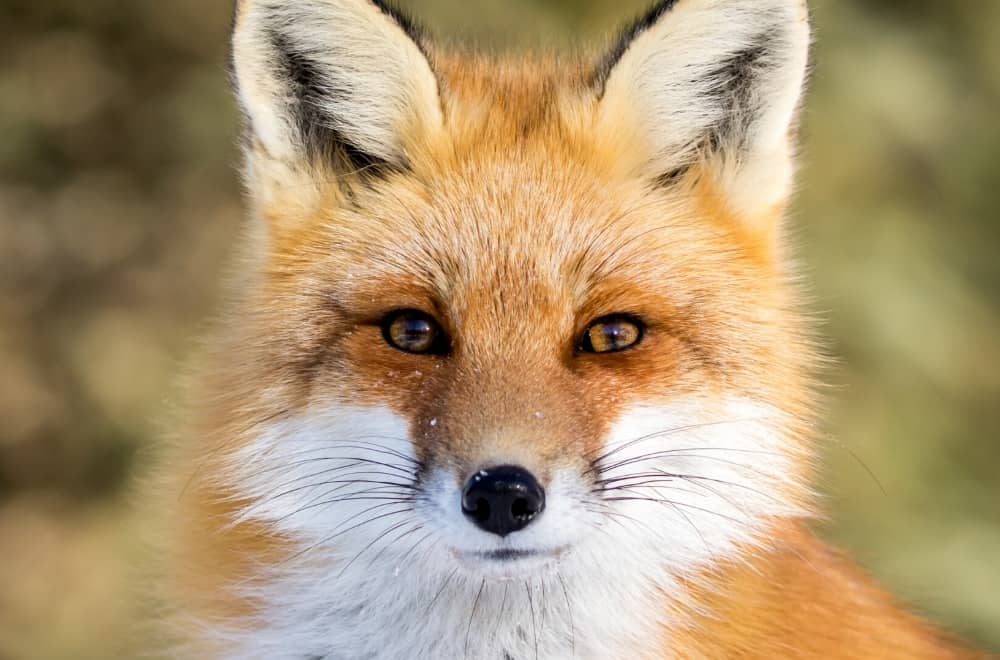

The Afghan red fox was described by Blyth in 1854 and is slightly smaller than the hill fox ( V. Red foxes living in Middle Asia show physical traits intermediate to the northern and southern forms. Their limbs are also longer, and their ears larger. The maximum sizes attained by southern foxes are invariably less than the average sizes of northern foxes. Their skulls possess more primitive, neotenous traits than the northern forms, and they are much smaller. These foxes display transitional features between northern red foxes and smaller fox species. Southern foxes include the Asian subspecies, the Afghan red fox ( V. Northern foxes are large and brightly colored. Red fox subspecies in Eurasia and North Africa are divided into two categories, Northern foxes and Southern grey desert foxes. Lack of genetic diversity is consistent with the red fox being a highly vagile species, with one red fox covering 320 kilometers, or 200 miles, in under a year’s time. However, genetic studies suggest very little differences between red foxes sampled across Europe. British red foxes have crossbred extensively with foxes imported from Germany, France, Belgium, Sardinia, and possibly Siberia and Scandinavia. Substantial gene pool mixing between different subspecies is known. In 2018, Castello recognized 30 subspecies of the Old World red fox and 9 subspecies of the North American red fox as valid. patwin, was identified through mitochondrial haplotype studies. In 2010, another distinct subspecies, which inhabits the grasslands of the Sacramento Valley, V. This has led to the theory that the red fox was hunted by primitive humans as both a source of food and pelts.Ī recent extensive global phylogeny of red foxes that included about 1,000 samples from across the species’ range found that red foxes in North America are genetically distinct and probably merit recognition as a distinct species ( Vulpes fulva).Ĭurrently, 45 subspecies of the red fox are generally listed as valid. The earliest fossil remains of the modern species date back to the mid-Pleistocene in association with the refuse of early human settlements. The ancestral species was likely smaller than the current one, as the earliest red fox fossils are smaller than modern populations. The earliest fossil specimens of the red fox were uncovered in Baranya, Hungary dating from 3.4-1.8 million years ago. The species is Eurasian in origin, and may have evolved from either Vulpes alopecoides or the related Chinese Vulpes chikushanensis, both of which lived during the Middle Villafranchian. It is, however, not as adapted for a purely carnivorous diet as the Tibetan fox ( Vulpes ferrilata). The skull displays far fewer neotenous traits than in other species, and its facial area is more developed. The red fox is considered a more specialized form of Vulpes than the Afghan or Blanford’s ( Vulpes cana), corsac ( Vulpes corsac) and Bengal ( Vulpes bengalensis) foxes in the direction of size and adaptation to carnivory. Red foxes have been known to live 10 to 12 years in captivity, but live on average 3 years in the wild. The first digit, or dew claw, is rudimentary but clawed and does not contact the ground. The red fox’s manus has five claws and the pes four claws. The red fox’s molar structure emphasizes crushing. The premolars are simple and pointed, with the exception of the upper fourth premolars, the carnassials. The dental formula of the red fox is I ³⁄3, C ¹⁄1, P ⁴⁄₄, M ³⁄², ×2 = 42 and the tooth row is more than half the length of the skull. Like many other canid species, red foxes have tail glands, located 75 millimeters above the root of the tail on its upper surface and lies within the dermis and subcutaneous tissue. Silver foxes are the most prized by furriers. Silver foxes make up 10% of red fox individuals, and range from strong silver to nearly black. Cross foxes, making up 25% of red fox individuals, have reddish brown fur with a black stripe down the back and another across the shoulders. Two color variants of the red fox commonly occur. The eyes of mature red foxes are yellow and the nose is dark brown or black.


The lower part of the legs is usually black and the tail usually has a white or black tip. Those in southern deserts and in North America are smaller than those in European populations.Ĭoloration of red foxes ranges from pale yellowish red to deep reddish brown on the upper parts and white, ash, or slate on the underside. According to Bergmann’s rule, red foxes are larger in the north. The body mass and length of red foxes varies by region and by latitude. Red fox males are slightly larger than females. The head and body length ranges from 455 to 900 millimeters, tail length from 300 to 555 millimeters, and weight from 3 to 14 kilograms. Red foxes are the largest of the Vulpes species.


 0 kommentar(er)
0 kommentar(er)
